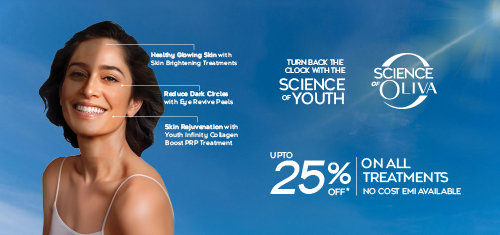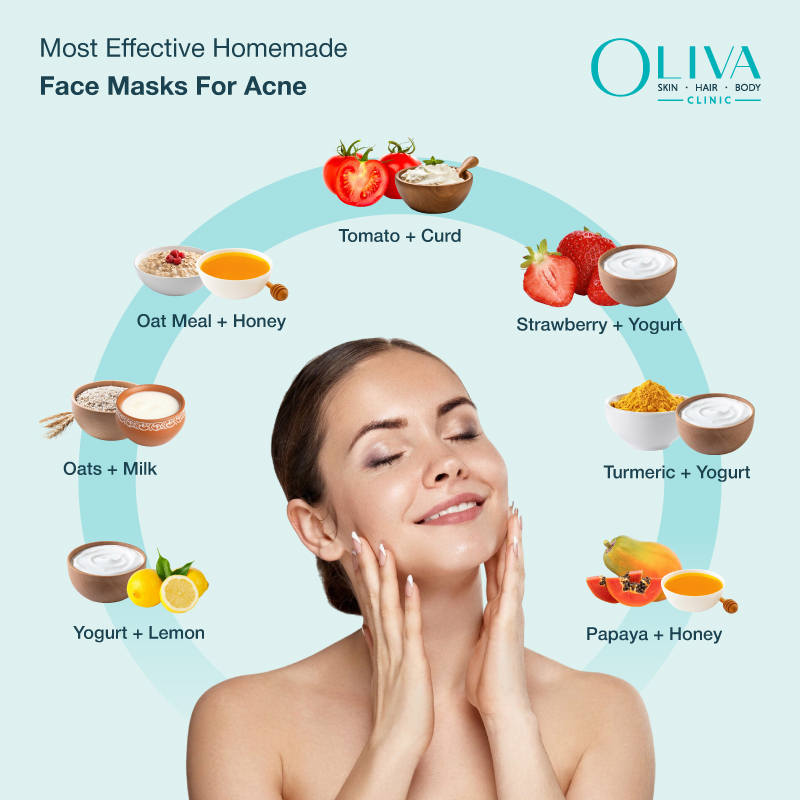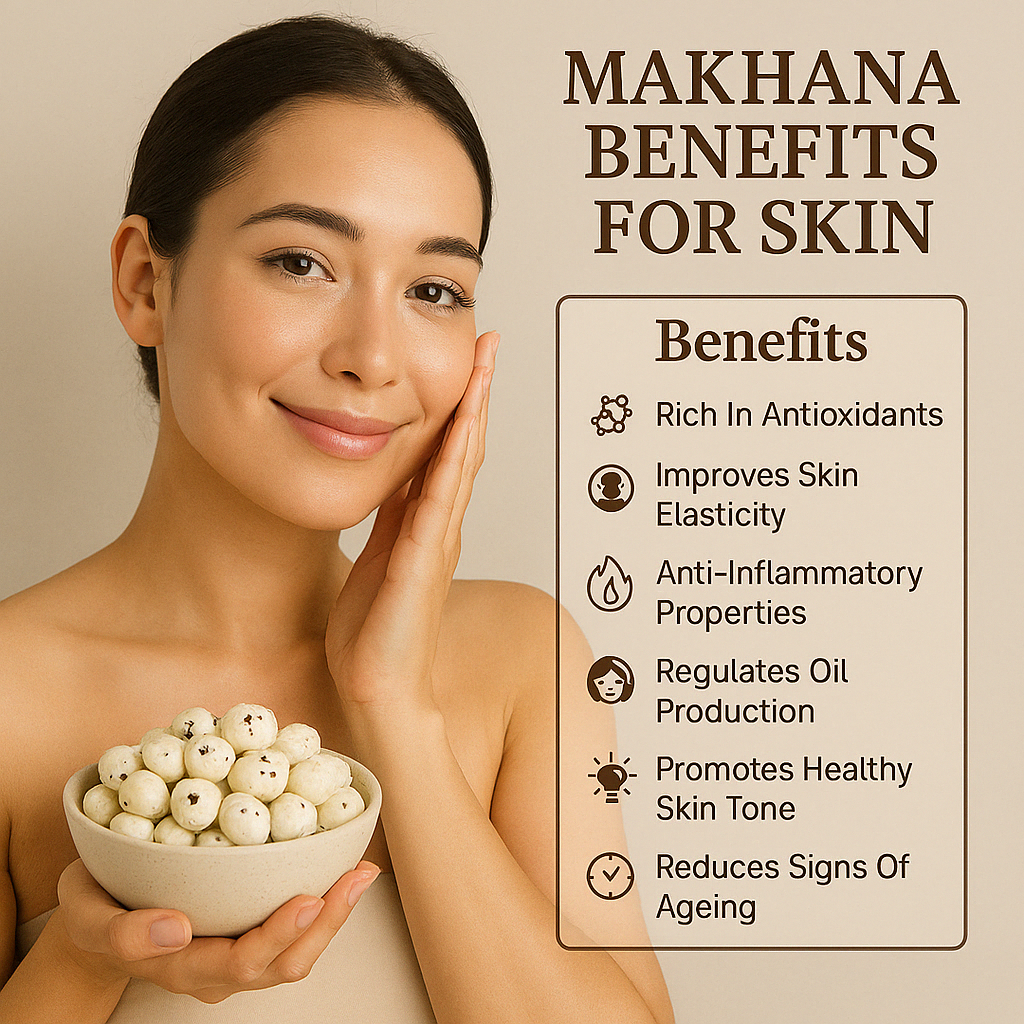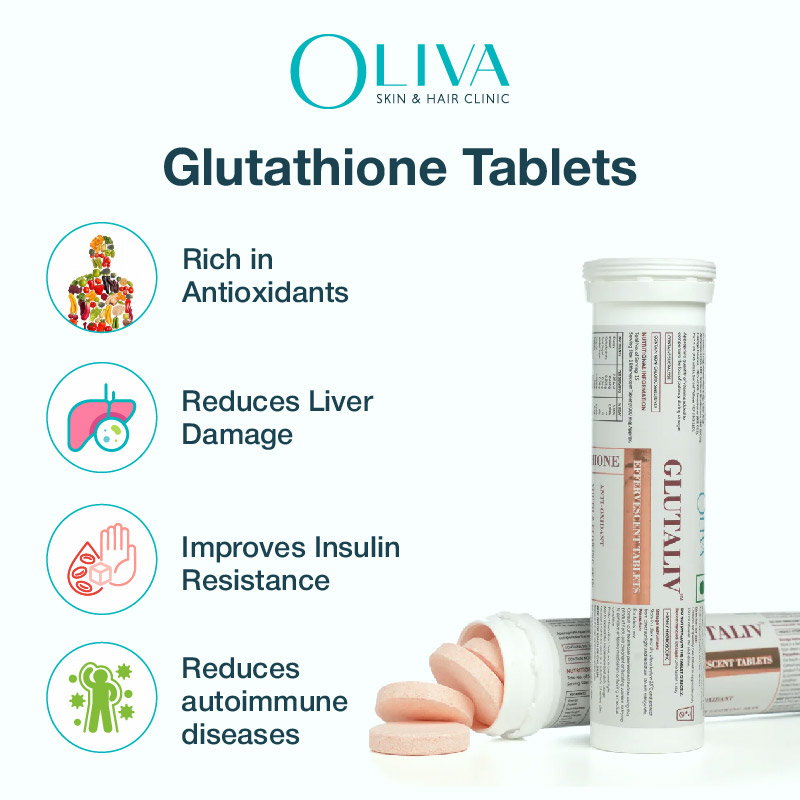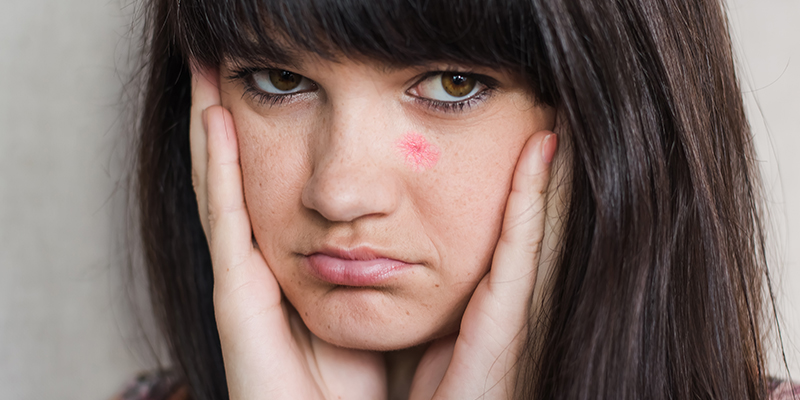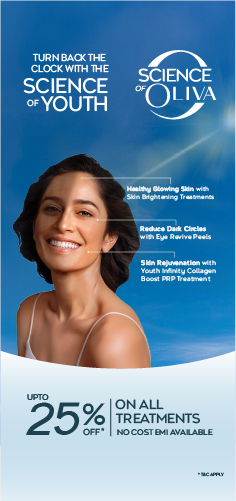In This Article
What Causes Damaged Skin And How To Repair It?
Beauty is often measured by one’s complexion and the radiance of our skin. It is disheartening to see our skin get damaged due to our environment. Your skin can be damaged in several ways and prevent such hazards can be an arduous task. There are some very clear signs that to look for and dealing with them can help you prevent, restore and repair damaged skin.
In This Article
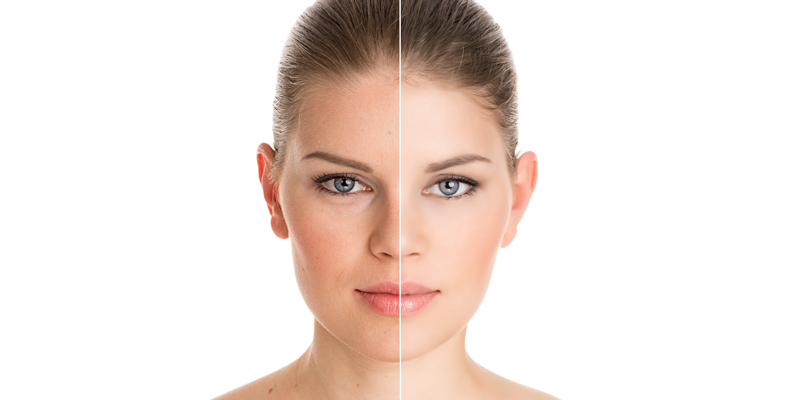
What is Damaged Skin?
Skin damage occurs when the epidermis of the skin starts to prematurely show signs of ageing by becoming visibly distorted or discoloured in patches. While the body has a natural ageing process, the skin tends to get exposed to certain environmental factors, triggering a premature ageing response. The damaged skin affects our skin health, wellness, and aesthetic.
Must Read: How To Exfoliate Skin?
Different Types Of Skin Damage
The most deterring skin condition is skin cancer, but there are other types of skin damage that while being less serious still requires immediate care. Skin damage is mainly visible through signs of premature ageing, fine lines, wrinkles, sun spots, age spots, melasma, nasolabial folds, dehydrated skin, large pores, freckles, shallow skin and sagging skin.
What Causes Skin Damage?
Our skin is the largest organ in the human body and several factors can affect it in a negative way. Here are some main causes of skin damage which can be prevented with quick action.
-
Excessive Sun Exposure:
Too much exposure to the sun allows harmful ultraviolet rays to make a damaging impact on our skin. These UV rays reduce skin elasticity and break down the collagen, causing premature wrinkles and fine lines. Sun exposure is also the primary cause of skin cancer.
-
Cigarettes & Alcohol:
Smoking can block the oxygen supply thereby reducing healthy blood flow to your skin and other vital organs. Less oxygen supply will result in fewer nutrients being absorbed by your skin. Alcohol, on the other hand, dehydrates the skin, leaving it undernourished and more prone to damage.
-
Unhealthy Diet:
The food we consume directly reflects on our skin. A healthy diet will produce healthy, vibrant skin and conversely, an unhealthy diet will affect the skin negatively. Eating plenty of micronutrients (fibre rich vegetables and fruits) can help fight free radicals and prevent skin damage. Sugar and fat (saturated and trans) will accelerate the premature ageing of the skin.
-
Chronic Stress:
Prolonged episodes of stress can have a damaging effect on the skin. Chronic stress can trigger the lines of ageing and lead to wrinkles and age spots.
-
Lack of Sleep:
Sleep is the biggest stress buster due to its ability to regulate cortisol (stress hormone) levels in our body. A good 8 hours sleep cycle at night and a few minutes for a power nap during the day help in keeping us refreshed and brings a calming effect to our skin.
-
Pollution & the Unhealthy Environment:
Sitting in an air-conditioned room throughout the day or walking down the street surrounded by smoke and smog are both considered issues when it comes to skin damage. Air-conditioned rooms can severely dry our skin and pollution outside can clog the pores.
-
Repetitive Muscles Movement:
Making repetitive facial movements will result in permanent lines being etched on your face. Avoid frowning and turning your lips downwards, as these expressions can cause inevitable skin damage.
-
Chemical Irritants:
From deodorants to washing powder to soaps, the skin comes in contact with harsh chemicals every day which can react negatively to our skin health. Try to reduce the number chemical products you use and opt for less abrasive or natural options.
Signs And Symptoms Of Damaged Skin
While symptoms of damaged skin are generally prominent and need careful observation to be identified, it is important to get the skin condition diagnosed by a certified dermatologist. What may look like a mild deformity of our skin may be a sign of an underlying disorder which may get severe if ignored.
-
Dry, Wrinkled Skin:
The main symptoms of skin damage start with dry, lustreless skin with fine lines, laugh lines, crow’s feet and deep wrinkles all over the face. As the damage progresses, it leads to sagging and drooping skin.
-
Rosacea:
A form of skin damage caused by the sun. Sun rays harm the blood vessels in our skin, causing a red flush or blush across the nose and cheeks. It can even cause little red blotches and bumps.
-
Age Spots:
Also referred as “liver spots”. These look like large, brown freckles. They start to appear from the age of 30 and above, light brown at first to dark brown over time.
-
Sunburns & Dark Tan:
They may last for short period time but can cause long-term damage to your skin. Sun rays penetrate deeper into the layers of skin. Mild sunburn can leave cause your skin to peel, turn red and even blister.
-
Actinic Skin Damage:
When the skin begins to turn scaly with raised bumps and rough patches, it is known as actinic skin damage. They show up on the face, ears, hands, arms and scalp. They can also be pink or red in colour.
How To Repair Damaged Skin?
To understand the impact of skin damage, it is necessary to visit a dermatologist for initial diagnosis. There are a number of cosmetic treatments which are painless and non-surgical; which can help bring back the skin radiance and lustre. But we need a proper evaluation before we reach any particular procedure. Cosmetic treatments to repair skin damage include:
-
Laser Resurfacing:
Laser treatment can help in treating almost all kinds of skin damage. It uses light and heat energy to tone and smoothen the skin and also to improve overall complexion and reverse the skin damage.
-
Chemical peels:
This treatment helps in removing dead skin cells with the help of non-toxic acidic ingredients. Chemical peels are used for treating hyper-pigmentation, fine lines, age spots, and sun damaged skin.
-
Dermabrasion:
A treatment that deeply exfoliates the upper layer of skin with the help of a metal wire tip or a diamond tip which is carefully and painlessly swept over the damaged areas. This procedure helps in revealing youthful, glowing skin.
-
Fillers:
An injection that contains collagen and hyaluronic acid (along with some other nutrients) that is used to fill deep lines and wrinkles to reduce their appearance.
- Bleaching of skin spots
Must Read: Types Of Chemical Peels
Tips To Restore Damaged Skin
Skin damage is 100% reversible. Dermatologists have compiled a wonderful list that can be used to restore damaged skin.
-
Moisturize:
Apply a generous amount of moisturizing cream that is suitable for your skin type.
-
Sunscreen:
An optimal sunscreen with an SPF value of 30 and above must be applied before heading out in the sun. Do remember to read the instructions on when to apply and how to re-apply for the best results.
-
Hydration:
Drinking plenty of water or sugar-free liquids throughout the day will improve the circulation and maintain our body’s equilibrium. Aim for at least 3 litres of water daily as it also acts as a detoxifying agent.
-
Adequate Sleep:
Proper sleep patterns will improve the quality of your skin and prevent further skin damage. Try to sleep for at least 7-8 hours every night to avoid skin damage.
-
Diet:
Eat omega 3 rich food (walnut, flaxseed and fish) along with Vitamin C rich fruits and vegetables (lemon, tomatoes, and papaya).
Takeaway
If you have any signs of damaged skin, then visit a dermatologist immediately. Home remedies and old school treatments may aggravate the condition further. Dermatologists can help in reversing all skin issues and bring back nourished and radiant skin. It is never too late to seek cosmetic treatment under expert guidance.
Frequently Asked Questions on Causes Damaged Skin And How To Repair
Stress is the worst enemy of your skin. Any kind of stress, either emotional or physical can aggravate rosacea, acne, eczema and psoriasis. Stress can also cause blisters and hives.

